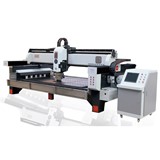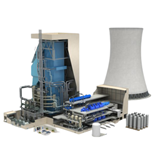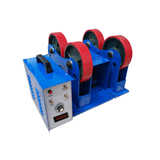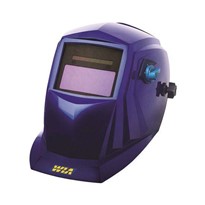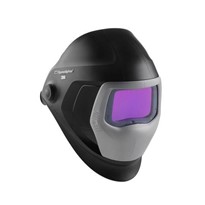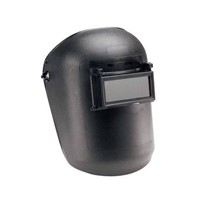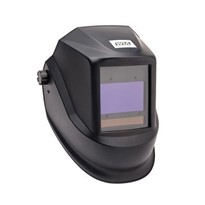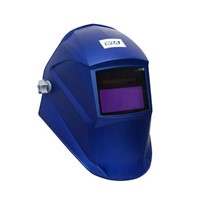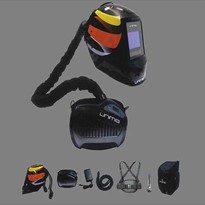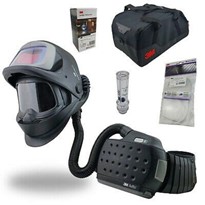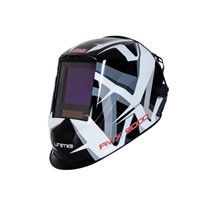A good quality helmet protects the eyes and skin from vision-damaging infrared and ultraviolet rays, as well as severe sparks from arcs.
Here are several factors worth considering when choosing the best type of welding helmet for your application.
Passive and Auto-darkening Models
Passive lens helmets utilise UV- and IR-coated dark-tinted glass with a fixed-shade amount, usually set at #10. While these types of equipment are more economical and have passed the test of time, they have a few downsides:
-
Tack welding can prove to be inefficient and difficult since the welder has to lift and lower the helmet repeatedly.
-
Repetitively flipping the helmet up and down can lead to neck fatigue and even repetitive stress injuries.
-
Being unable to lock the helmet into place leads to inadvertent arc flashes.
Auto-darkening helmets directly address these concerns. An auto-darkening lens typically has a #3 or #4 shade when not in use. When the helmet's sensor detects an arc start, the lens darkens in a fraction of a second, converting to a #8 shade to provide optimum eye protection.
Auto-darkening helmets stay fixed in place during the weld. This type of equipment also allows you to set up your welding joint with the hood in place. Auto-darkening helmets minimise head snaps to lower the device and raising and lowering the tack welds, enhancing weld quality and easing potential neck strain.
When it comes to selecting auto-darkening helmets, you're best seeking models with a full-coverage shell that reduces spatter and is impact-resistant. Viewing size is also an essential factor to consider; the amount of out-of-position welding can affect the viewing area needed in this piece of equipment.
Power Options
Auto-darkening helmets are powered in different ways. Some use a combination of solar cells and lithium batteries; others have replaceable lithium batteries. Each type has it's own set of pros and cons.
Helmets with solar-assist panels require exposure to direct sunlight before they can be used. Lithium batteries cost more and aren't as widely available as AAA batteries, but offer extended use. You'll need to have replacement batteries on standby in the event power runs out.
Weight Considerations
Lighter helmets minimise neck strain and reduce fatigue over prolonged use. There's a big difference between a one-pound and two-pound helmet. One pound may not make much of a difference for short welds, but your body will feel the difference over the course of time.
Experts You Can Trust
For well over a decade, Alphaweld has been a leading provider of welding safety products to industries throughout Australia.
At Alphaweld, we offer an extensive range of market-leading welding supplies and go above and beyond when it comes to customer service.
Need further advice on welding helmet selection or suitability? Speak with an Alphaweld expert today by calling (08) 9456 8000 or email sales@alphaweld.com.au.








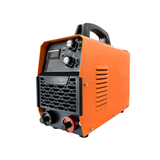
-160x160-state_article-rel-cat.png)
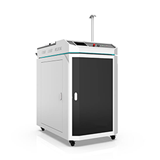


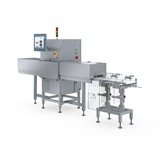

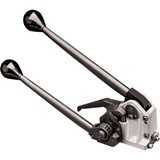

-160x160-state_article-rel-cat.png)
